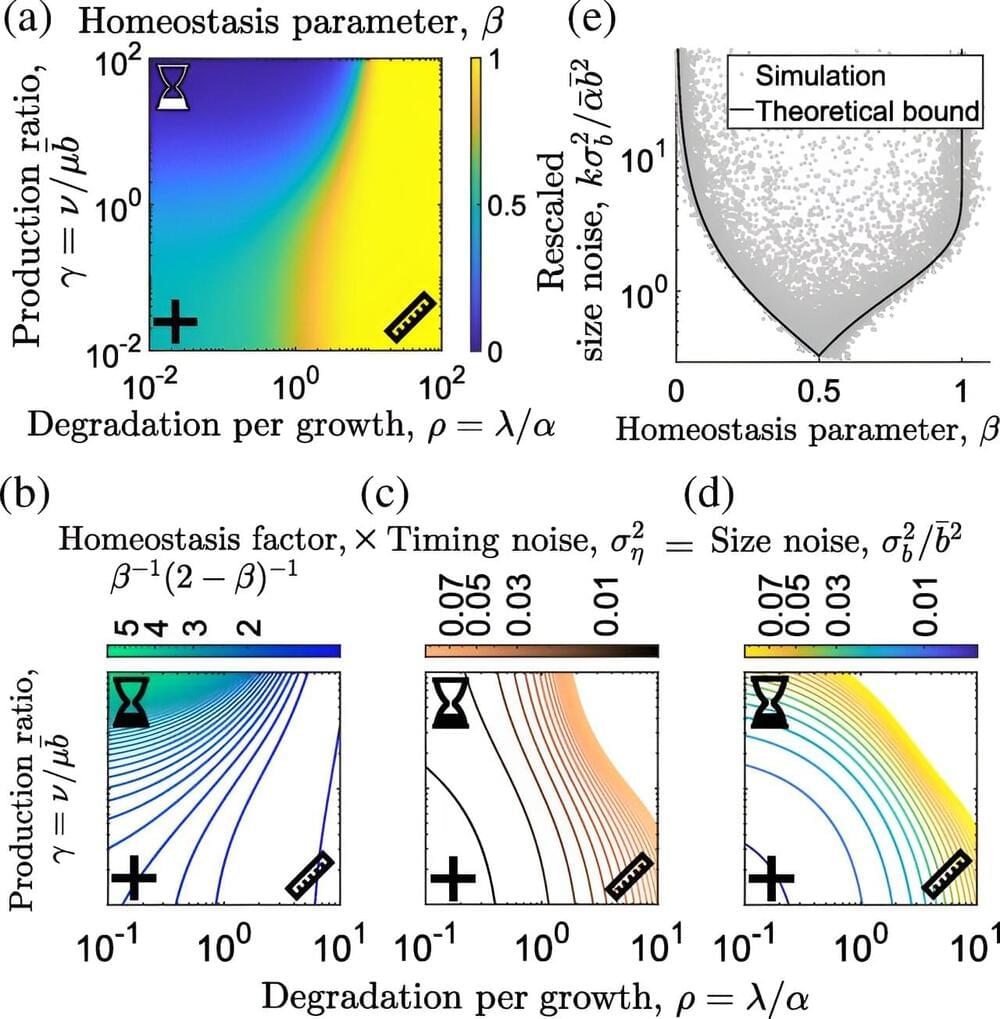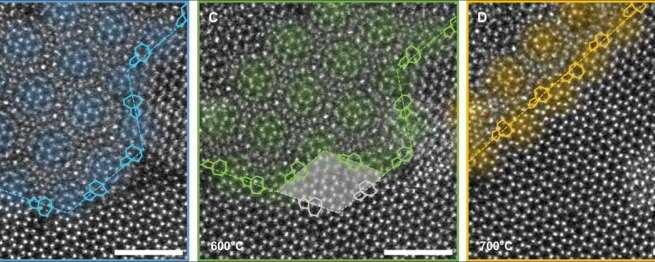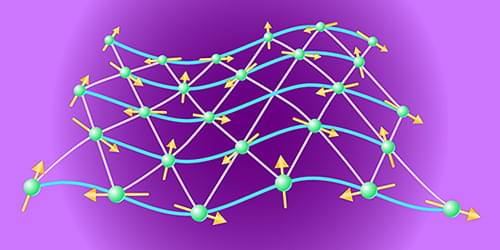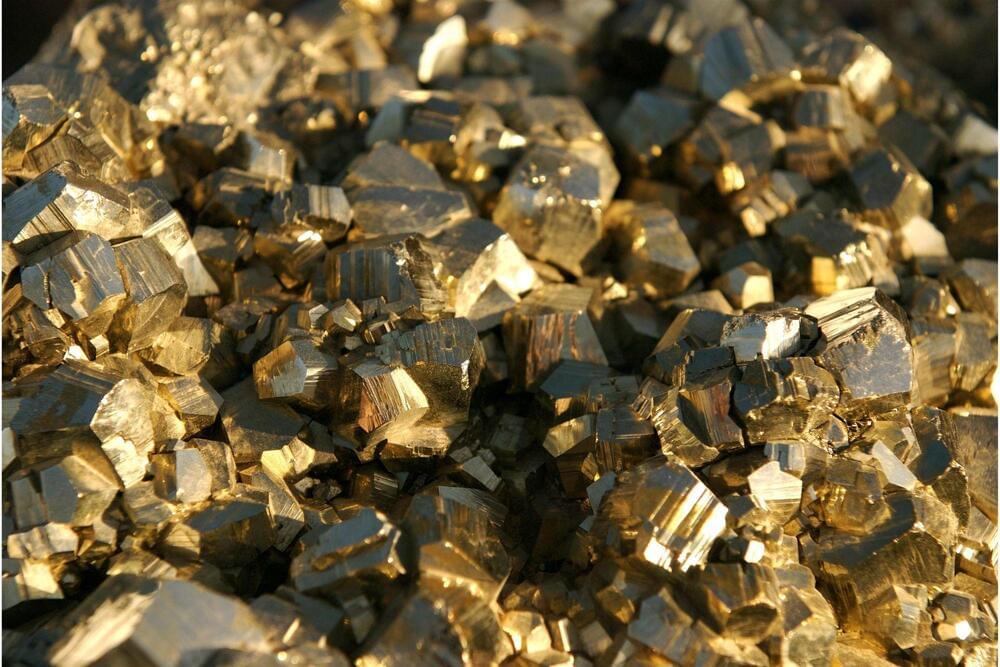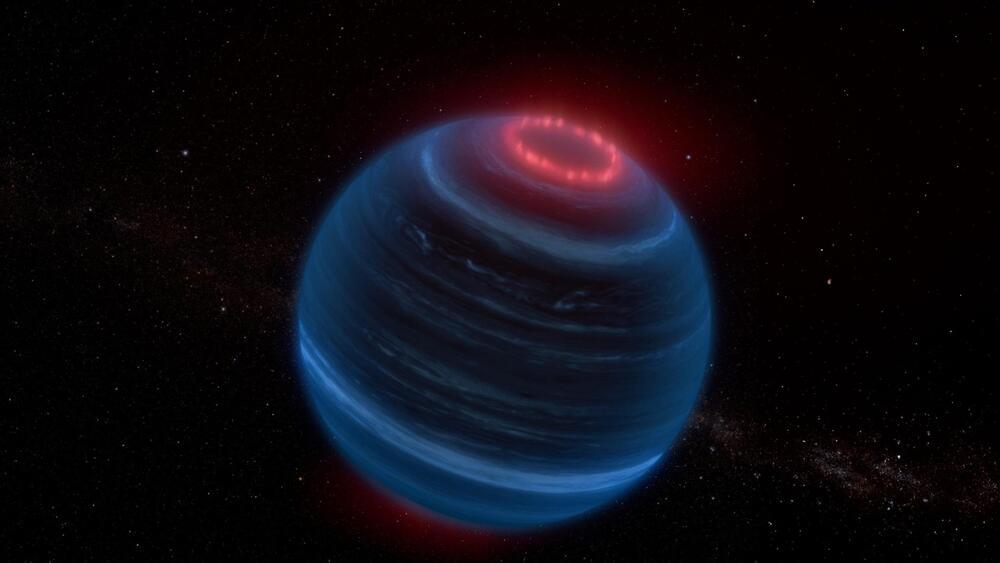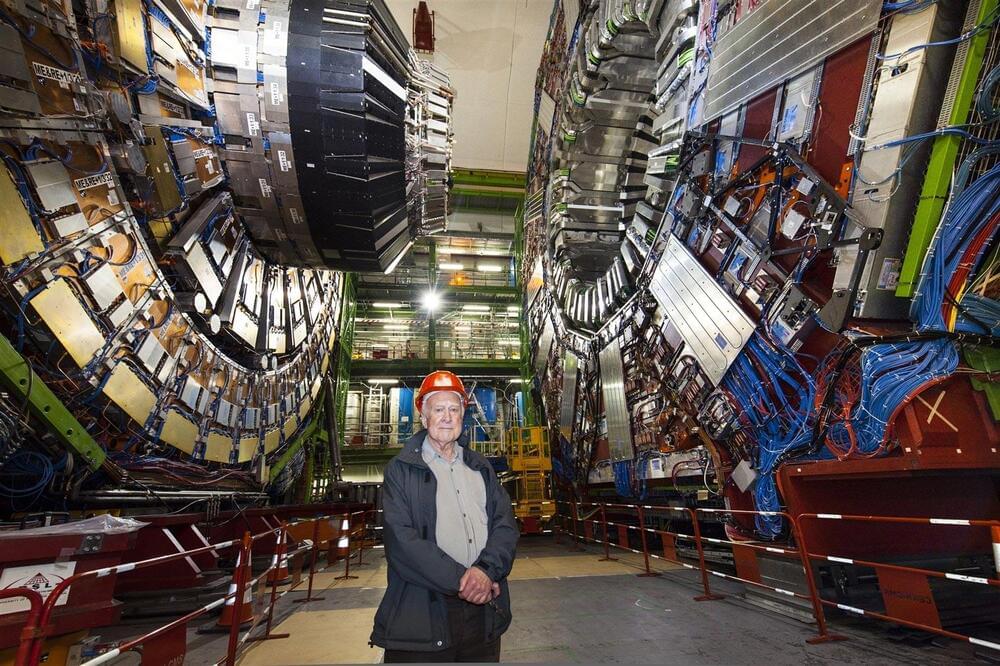When a single bacterial cell divides into two during periods of rapid growth, it doesn’t split in half once it reaches a predetermined size. Instead, data has shown, a cell will divide once it has added a certain amount of mass.
Silicon-based electronics are approaching their physical limitations and new materials are needed to keep up with current technological demands. Two-dimensional (2D) materials have a rich array of properties, including superconductivity and magnetism, and are promising candidates for use in electronic systems, such as transistors. However, precisely controlling the properties of these materials is extraordinarily difficult.
A numerical investigation has revealed a surprising correspondence between a lattice spin model and a quantum field theory.
The search for a quantum spin liquid (QSL) in a real magnetic material has been at the forefront of condensed-matter physics since this exotic quantum state was first proposed over half a century ago. Meanwhile, theorists continue to grapple with understanding what rich physics might emerge from this state. Now Alexander Wietek of the Max Planck Institute for the Physics of Complex Systems in Germany and his collaborators have made a significant advance toward that goal. Through numerical simulations, they have presented a compelling numerical case that the spectrum of elementary excitations of a well-studied QSL has a one-to-one correspondence with the spectrum of excitations of a well-studied quantum field theory [1]. If a real QSL is discovered or fabricated, the correspondence opens the prospect of testing theories from particle physics with condensed-matter systems.
Observations of the Southern Ocean show that wind can produce the surface states needed to generate rare “rogue” waves.
Researchers still disagree on what causes rare and large “rogue waves,” which can damage ships, lighthouses, and other structures. Now, using combined measurements of wave heights and wind speed in an oceanic region known for its rough seas, a research team has demonstrated that wind can produce the wave conditions expected to lead to rogue waves [1]. Previously, this idea was demonstrated only in laboratory experiments. The researchers hope this new understanding will contribute to the development of methods for predicting this dangerous phenomenon.
There is no consensus on what causes rogue waves in the ocean, says Alessandro Toffoli, an expert in infrastructure engineering at the University of Melbourne, Australia. One prominent view is that oceanic rogue waves occur purely through a statistical effect: although waves typically follow a “normal,” or Gaussian, distribution, with heights strongly clustering around an average, a fortuitous convergence of many such waves can occasionally produce a very large wave.
There’s a reason airlines won’t let you put your laptop in your checked luggage; the lithium-ion battery poses a serious fire hazard. But why? Lithium is incredibly reactive.
For instance, pure lithium violently interacts with seemingly innocuous water, releasing heat and forming highly flammable hydrogen. This reactivity, however, is exactly why lithium makes a great material for batteries, and why it is a critical mineral for the green energy transition.
Lithium-ion batteries are widely used in electric vehicles. Plus, they can store energy produced by renewable resources like solar and wind.
James Webb Space Telescope data pinpoints possible aurorae on isolated world in our solar neighborhood.
Using new observations from the James Webb Space Telescope (JWST), astronomers have discovered methane emission on a brown dwarf, an unexpected finding for such a cold and isolated world. Published in the journal Nature, the findings suggest that this brown dwarf might generate aurorae similar to those seen on our own planet as well as on Jupiter and Saturn.
The Study of Brown Dwarfs.
Intrinsically stretchable quantum dot light-emitting diodes. Credit: Institute for Basic Science.
Intrinsically stretchable quantum dot-based light-emitting diodes achieved record-breaking performance.
A team of South Korean scientists led by Professor KIM Dae-Hyeong of the Center for Nanoparticle Research within the Institute for Basic Science has pioneered a novel approach to stretchable displays. The team announced the first development of intrinsically stretchable quantum dot light-emitting diodes (QLEDs).
Peter Higgs, pivotal in the discovery of the “God Particle,” has died at the age of 94. His groundbreaking work, for which he received a Nobel Prize, laid the foundation for understanding the universe’s fundamental structure and continues to guide current and future research in particle physics.
Peter Higgs has passed away at the age of 94. An iconic figure in modern science, Higgs in 1964 postulated the existence of the eponymous Higgs boson. Its discovery at CERN in 2012 was the crowning achievement of the Standard Model ℠ of particle physics – a remarkable theory that explains the visible universe at the most fundamental level.
Alongside Robert Brout and François Englert, and building on the work of a generation of physicists, Higgs postulated the existence of the Brout-Englert-Higgs (BEH) field. Alone among known fundamental fields, the BEH field is “turned on” throughout the universe, rather than flickering in and out of existence and remaining localized. Its existence allowed matter to form in the early universe some 10-11 s after the Big Bang, thanks to the interactions between elementary particles (such as electrons and quarks) and the ever-present BEH field. Higgs and Englert were awarded the Nobel Prize for physics in 2013 in recognition of these achievements.
An easy-to-use technique could assist everyone from economists to sports analysts.
Pollsters trying to predict presidential election results and physicists searching for distant exoplanets have at least one thing in common: They often use a tried-and-true scientific technique called Bayesian inference.
Bayesian inference allows these scientists to effectively estimate some unknown parameter — like the winner of an election — from data such as poll results. But Bayesian inference can be slow, sometimes consuming weeks or even months of computation time or requiring a researcher to spend hours deriving tedious equations by hand.
Amplified Industries’ sensors and analytics give oil well operators real-time alerts when things go wrong, allowing them to respond to issues before they become disasters. Credit: MIT News, iStock.
Amplified Industries, founded by Sebastien Mannai, helps oil field operators eliminate spills and stop methane leaks.
There is a staggeringly long list of things that can go wrong during the complex operation of an oil field.
